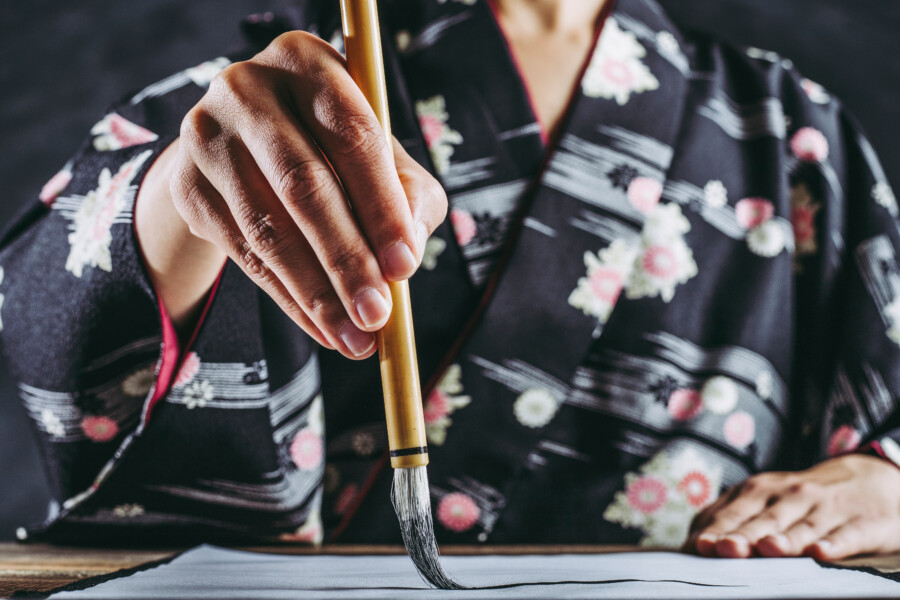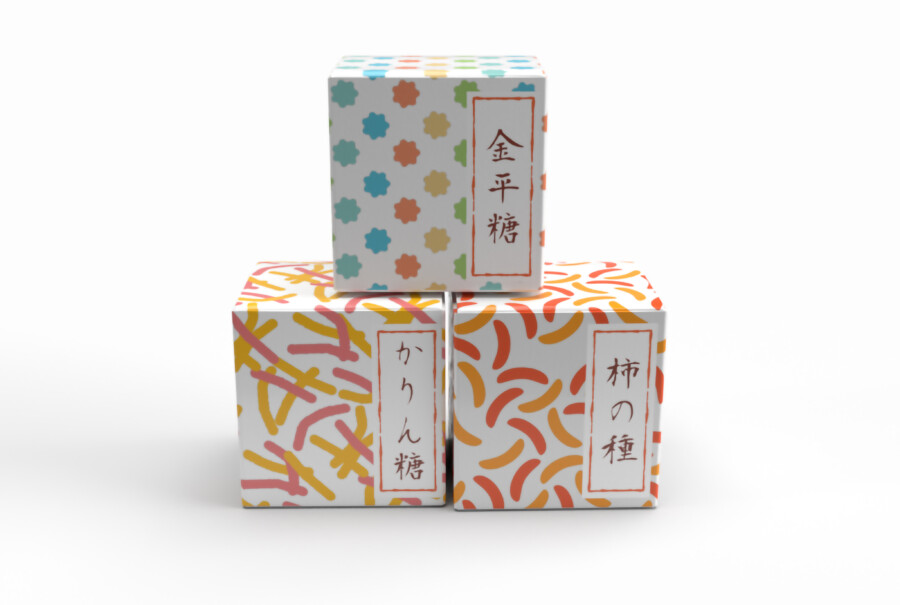
How to Enhance Product Value with Japanese-Style Logo Design
Logo designs incorporating traditional Japanese aesthetics and cultural elements have been gaining increasing attention in recent years. This trend is not merely a passing fad but is increasingly recognized as an effective method to fundamentally enhance the value of brands and products. In this article, we will explore the allure of Japanese-style logo design and how it contributes to increasing product value.
Kanji & Cultural Accuracy Check
Characteristics of Japanese-Style Logo Design
Pursuit of Simple Beauty
The concept of “simple beauty,” which lies at the core of Japanese aesthetics, is also a crucial element in logo design. The technique of eliminating excess and achieving maximum expression with minimal elements aligns well with modern design theories. For example, logos featuring calligraphy drawn with a single brush stroke or designs using simple geometric patterns embody this concept of simple beauty.
Harmony with Nature
Harmony with nature is essential in traditional Japanese aesthetics. Reflecting this in logo design can subtly convey a brand’s environmental consciousness and sustainability. Logos that incorporate stylized natural motifs such as cherry blossoms, autumn leaves, or waves exemplify this characteristic well.
Utilization of Negative Space
Incorporating Japan’s unique spatial recognition, represented by the concept of “ma” (interval), into logo design can create a sophisticated impression. Effective use of negative space can lend lightness and depth to the overall logo.
Traditional Color Sensibility
Using traditional Japanese colors can add depth and dignity to a logo. For instance, effectively using colors such as indigo, persimmon, or vermilion can create designs that evoke Japaneseness while remaining internationally applicable.
The Impact of Japanese-Style Logos on Product Value
Enhancing Impressions of Quality and Reliability
Japanese products have established a global reputation for high quality. By adopting a Japanese-style logo design, similar impressions can be conferred to a brand or product. Especially in overseas markets, Japanese-style logos function as symbols of quality and reliability, effectively enhancing product value.
Creating Cultural Added Value
Logo designs that evoke Japanese culture and traditions add cultural value to products. This brings an appeal beyond mere functionality or quality, increasing consumers’ psychological satisfaction. For example, a brand of tea ceremony utensils using a logo inspired by traditional Japanese family crests can suggest the cultural background and historical value of its products.
Functioning as a Differentiating Factor
In the global market, Japanese-style logo design can effectively differentiate a brand from its competitors. Incorporating unique aesthetic sensibilities and cultural elements allows for the expression of originality that competitors lack. This can be a powerful tool, especially when competing with overseas brands.
Facilitating Storytelling
Japanese-style logo design can help tell the story of a brand or product through its visual elements. For example, a logo design reminiscent of Edo-period woodblock printing techniques eloquently narrates the history and tradition of that product or brand. This storytelling effect strengthens emotional connections with consumers and leads to improved brand loyalty.
Key Points for Creating Effective Japanese-Style Logos
Understanding Cultural Context
To successfully create a Japanese-style logo design, it’s important to understand not just the appearance but also the cultural meanings and contexts behind it. For instance, it’s necessary to thoroughly research and appropriately apply the historical meanings of specific patterns or designs and the symbolism of colors.
Fusion with Modernity
While incorporating traditional elements, it’s crucial to balance them with a modern design sensibility. Overly classical designs risk appearing outdated. Striking a balance between tradition and innovation creates logo designs that are loved across generations.
Perspective of Multicultural Coexistence
When targeting global markets, it’s necessary to create designs that work internationally while incorporating elements of Japanese culture. It’s important to avoid symbols or color usage that only work in specific cultural spheres and instead choose design elements with universal appeal.
Consistency with Product Characteristics
Logo designs must be consistent with the characteristics of the product or brand they represent. For instance, it would be inappropriate to adopt an overly antiquated Japanese-style design for a high-tech product brand. It’s crucial to select and harmonize appropriate Japanese elements according to the nature of the product and the target market segment.
Conclusion
Japanese-style logo design possesses the power to confer deep meaning and value to products and brands, beyond mere visual beauty. In our increasingly globalized modern world, logo designs incorporating traditional Japanese aesthetic sensibilities and cultural elements can serve as powerful differentiating factors in both domestic and international markets.
However, to maximize their effectiveness, it’s insufficient to simply adopt a superficial “Japanese-style” design. Deep understanding and respect for Japanese culture, fusion with contemporary design trends, and above all, consistency with the essential value of the brand or product are required.
By carefully considering and skillfully combining these elements, Japanese-style logo design can become a powerful tool that goes beyond mere visual elements to tell the brand’s story and build deep bonds with consumers. We can continue to expect the emergence of innovative logo designs that fuse Japanese aesthetics with modern design sensibilities.
Professional Japan-Ready Logos












